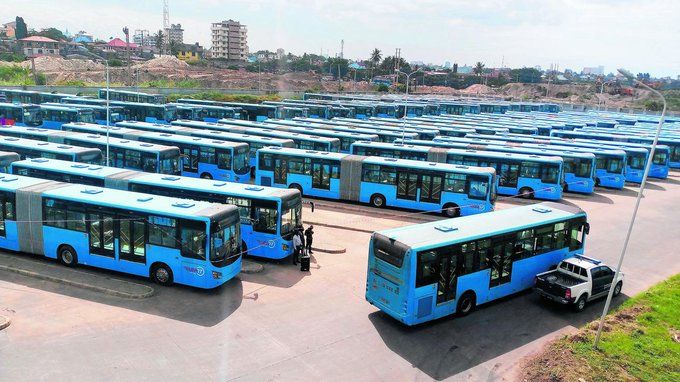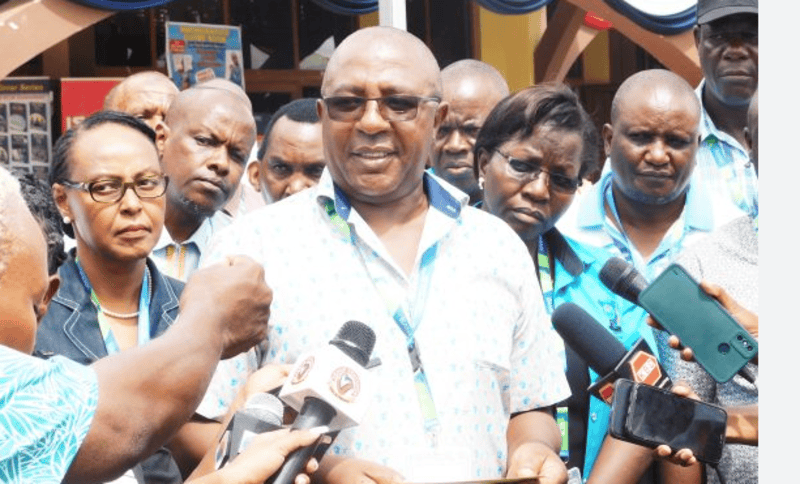Only 2,300 of 20,000 faulty transformers fit for repair, Kenya Power tells MPs

The revelation came as MPs, alarmed by prolonged blackouts affecting thousands of households, criticised Kenya Power for poor planning and a sluggish response reflected in the accumulation of idle transformers.
Only 2,300 out of more than 20,000 defective transformers lying unused in Kenya Power storage yards across the country can be repaired, a parliamentary committee was told on Thursday.
The revelation came as Members of Parliament demanded answers over prolonged blackouts affecting thousands of households. They said the large number of idle transformers was a sign of poor planning and slow response from the power utility.
More To Read
- KETRACO officials under fire over Sh7 billion Inabensa contract penalty
- MPs unlock funds to revive 13 mini-grids in six remote counties
- Treasury under fire for snubbing MPs over Sh30 billion rural electrification debt
- KenGen unveils battery energy storage system in fresh renewable energy push
- Kenya Power reports record electricity demand amid cold season and rising connections
- Kenya launches national drive to fix faulty power infrastructure amid blackouts, electrocution fears
Appearing before the National Assembly Committee on Energy, Kenya Power officials defended the company, blaming widespread transformer damage on rampant vandalism, illegal electricity connections, and frequent power surges—issues they said have severely disrupted power supply across many regions.
Kenya Power Managing Director and CEO Joseph Siror revealed that only about 2,300 of the over 20,000 idle transformers are repairable.
“Most of the remaining units are beyond repair, with some being mere shells stripped of all functional components,” he said.
Hotspots for damage
Siror pointed to informal settlements as hotspots for damage, where illegal electricity tapping often leads to transformer and fuse blowouts.
“The challenge is particularly severe in informal settlements where illegal power tapping leads to frequent transformer and fuse blowouts,” he told the committee.
Committee members expressed strong dissatisfaction with Kenya Power’s performance, questioning the pace of repairs and the continued storage of unusable equipment.
Ruiru MP Simon King’ara urged the company to act faster and clear the faulty transformers, singling out the Roysambu storage yard as an eyesore.
“KPLC should expedite repairs and make the usable units available to restore power in underserved areas,” he said.
In response, Siror explained that the company had stopped selling damaged transformers to scrap metal dealers to avoid fuelling further vandalism.
“Instead, we repurpose the shells and carry out repairs in our internal workshops,” he said.
However, some MPs raised concerns about possible sabotage from within the company.
Power restoration delays
“There is a growing suspicion that some rogue KPLC staff and contractors may be behind these acts,” said Nambale MP Geoffrey Mulanya, who also criticised the utility for delays in restoring power in affected areas—some experiencing outages for more than five months.
Embakasi South MP Julius Mawathe echoed similar frustrations, citing constant power disconnections in Mukuru kwa Njenga and Mukuru kwa Reuben.
“Residents of these areas are being plunged into darkness for extended periods without a clear solution,” he said.
Siror insisted that illegal connections are putting significant pressure on the grid, leading to frequent failures.
“This has been a long-standing issue in these areas. We need to clean up and inspect the entire power network to find the real causes of these failures before we can do replacements,” he said.
Committee chair David Gikaria (Nakuru East) acknowledged the company’s anti-vandalism efforts but said urgent reforms were needed.
“We support measures against vandalism, but we must ensure efficiency and accountability. Kenyans deserve better,” he said.
Top Stories Today













































